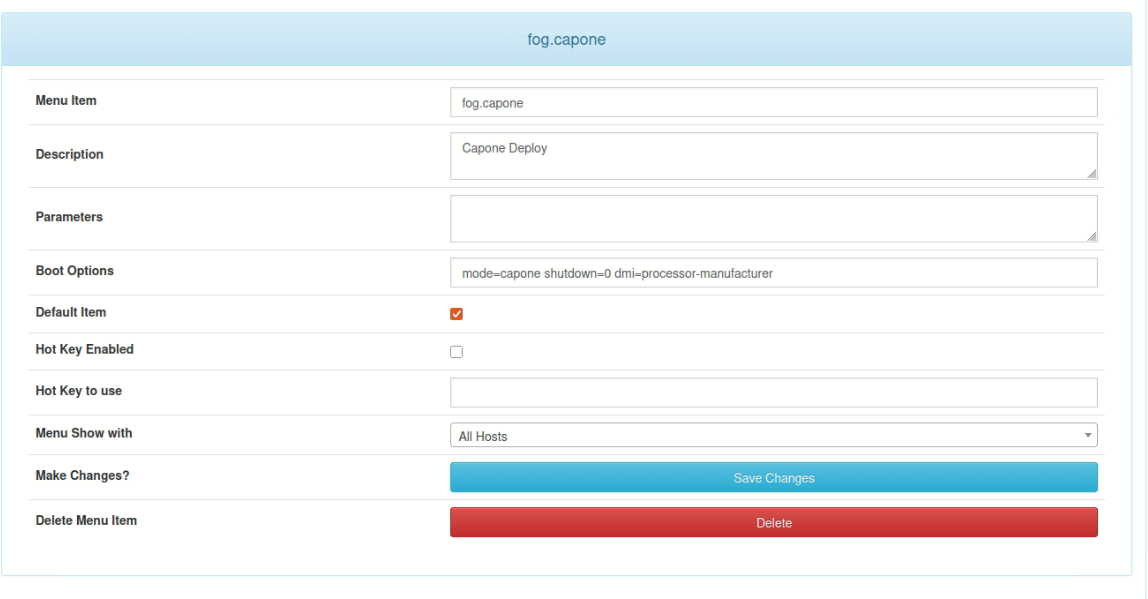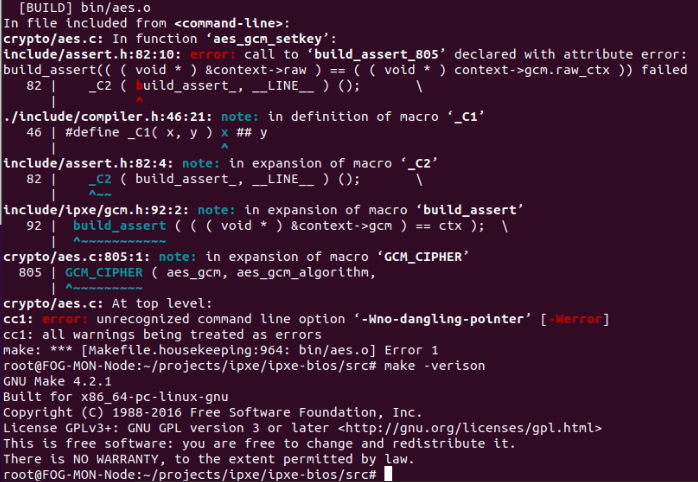Hello,
I am attempting to create a Golden Reference Image that I am capturing to FOG and then deploying to multiple models of devices. I have the Storage and NIC drivers for all the models I support preloaded into the Windows Driver Store using the following PowerShell command:
Get-ChildItem -Path $PSScriptRoot -Recurse | Where-Object -Property Extension -EQ “.inf” | ForEach { PnPUtil.exe -a $PSItem.FullName }
I have verified they are in the Driver Store located in C:\Windows\INF. I am sysprepping using the attached skipoobe.xml file.
skipoobe.txt
The issue I had before was that I could load my Golden Image onto older model devices, but the HP 650 G8 wasn’t working. I updated my FOG Server to the latest dev-branch and I could correctly deploy images to all models now after sysprepping.
Now when I sysprep my VirtualBox VM, I get a boot loop where Windows spins for one and a half loop and then the screen cuts back to the manufacturer logo, it boots to Windows but BSoD’s with an INACCESSIBLE_BOOT_DRIVE error, or Windows Recovery pops up with an 0xc01 error. This is not model specific, and happens for various models, leading me to believe I am missing something in the answer file I’m using. The goal is to use the tthom account that was setup prior to sysprep, and to skip OOBE completely and just go to the login screen.
Any guides, advice, and/or tips would be much appreciated.
Thank you!
Ryan

